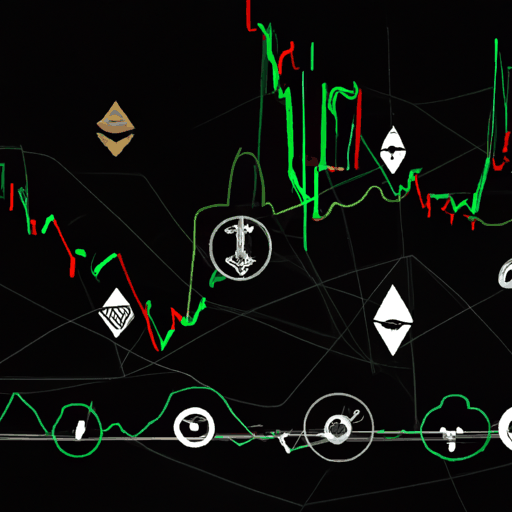
Controversial Crypto Trader and Bond Raises Highlight Market Dynamics
By: Eliza Bennet
In recent developments within the cryptocurrency sphere, allegations surfaced around the high-risk trader James Wynn, who has been accused by blockchain investigator ZachXBT of engaging in deceptive trading practices. Wynn, reportedly a significant player in crypto social media, is alleged to have condemned scam tokens tied to his name, while himself engaging in similar pump-and-dump tactics concerning memecoins. This accusation followed his warnings against a token linked to his identity, which he described as being manipulated by a group he referred to as "the cabal," stating it would eventually go to zero. ZachXBT, however, alleged that Wynn has a history of promoting and disposing of low-cap tokens for profit.
James Wynn, identified as a high-stakes leverage trader, is known for his substantial deals on Hyperliquid, a decentralized derivatives platform. Notably, Wynn executed billion-dollar trades while the market experienced volatility swings, making headlines in the process. Over the past months, his trading activities have resulted in over $25 million in profits, based on Lookonchain’s data. Despite his profiting endeavors, his past is marked by allegations brought to light by users for engaging in covert requests for token allocations and possible insider trading schemes, involving entities like Alameda Research and investments in Ethereum (ETH).
In parallel to these revelations, the institutional scene continues its active participation in crypto-related ventures, as highlighted by BlackRock's participation in Telegram's $1.5 billion bond sale. The fund, alongside other major investors like Citadel and Mubadala, is part of a bond raise that promises a 9% yield and a 20% IPO discount. Telegram, the messaging app with a known crypto-friendly stance, seeks to bolster its financial securitizations in light of recent market conditions. With BlackRock being one of the largest successful investors in Bitcoin, their involvement in such bond ventures cements institutional interests firmly within the cryptographic and blockchain ecosystem.
These events underscore the nuanced and, at times, conflicting dynamics within the cryptocurrency world, where individual actors operate in high-stakes environments, possibly veering into ethically questionable territories, while major institutional players strategically anchor their financial activities in this evolving market landscape. As trust and transparency in crypto dealings continue to face scrutiny, these narratives contribute significant discourse on how the sector navigates its growth and regulatory boundaries.



